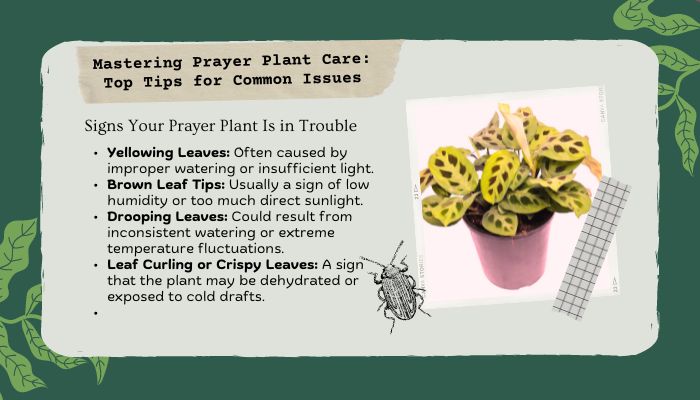Succulents are incredibly popular for their unique appearance and low-maintenance nature. While they may come from dry, arid regions, they can thrive indoors with the right care. If you’re looking to nurture these hardy plants in your home, this guide will cover everything from lighting and watering to common pitfalls and FAQs.
Basics of Succulent Care
Succulents are built for resilience—thanks to their ability to store water in their leaves, they can survive periods of drought, making them perfect for people who don’t have much time for constant plant care. However, this doesn’t mean they’re indestructible. Caring for succulents indoors requires some attention to their specific needs, especially when it comes to light, water, and soil.
1. Choose the Right Pot and Soil
A key to keeping succulents happy is providing proper drainage. Always select pots with drainage holes. Succulents hate waterlogged soil, and sitting in too much moisture can lead to root rot. Terra cotta or ceramic pots are great options because they help wick away excess water.
For soil, use a well-draining mix specifically designed for succulents or cacti. This mix typically contains sand, perlite, and other materials that promote air circulation around the roots. Avoid general potting soil that retains too much moisture
2. Light Is Key
Sunlight is a succulent’s best friend. Most succulents need at least six hours of bright, indirect light daily. South-facing windows work wonders, but if your home doesn’t get enough natural light, consider investing in grow lights. These can mimic the sunlight succulents need to thrive indoors.
Remember, some succulents, like Aloe Vera, can get sunburned if they’re exposed to harsh sunlight for too long. If you notice your succulent’s leaves turning brown or becoming crispy, move it to a location with gentler light
3. Water Wisely
Less is more when it comes to watering succulents. The biggest mistake people make is overwatering. These plants only need water when the soil is completely dry. A good rule of thumb is to let the top inch of the soil dry out before watering again. When you do water, do so thoroughly until you see water draining from the bottom of the pot, but don’t let the plant sit in water
Avoid misting succulents, as this can lead to mold or brittle roots. Instead, water at the base of the plant to ensure the roots get what they need without soaking the leaves.
4. Rotate for Even Growth
Succulents often lean toward the light, which can lead to uneven growth. To combat this, rotate the plant every few days so that all sides receive equal exposure. This will help your succulent grow symmetrically and prevent it from becoming lopsided
5. Keep an Eye on Temperature and Humidity
Most succulents prefer temperatures between 65°F and 75°F (18°C to 24°C). They don’t like it too cold, so make sure to keep them away from drafty windows in winter. Additionally, they thrive in dry air, so high humidity isn’t necessary. If you live in an area with extremely dry air, you might want to mist the air around the plants or use a pebble tray filled with water
FAQs About Indoor Succulent Care
Q: How often should I water indoor succulents?
A: Water only when the soil is dry to the touch. This might mean watering every 10-14 days, depending on your home’s humidity and the type of succulent.
Q: What’s the best potting mix for succulents?
A: Use a well-draining cactus or succulent mix. You can make your own by mixing regular potting soil with sand and perlite(
Q: How do I prevent pests on my indoor succulents?
A: Mealybugs and gnats are common pests attracted to moist soil. Keep the soil dry, and use isopropyl alcohol to treat any infestations
Q: My succulent is stretching out—what’s wrong?
A: If your succulent is growing long and leggy, it’s likely not getting enough light. Trim the top portion, let it callous, and replant it for a fuller look.
Q: Do succulents need fertilizer?
A: Succulents have low nutrient requirements, but a diluted fertilizer during the spring and summer growing seasons can help. Only feed once or twice a year(
Bonus Tips for Thriving Succulents
- Prune regularly: If your succulent is getting too tall or scraggly, don’t be afraid to prune it. Cutting back overgrown stems can help the plant focus on producing fuller, lush growth
- Watch for signs of stress: Brown, mushy leaves indicate overwatering, while shriveled, dry leaves suggest the plant needs more water.
- Repot every couple of years: As succulents grow, they may outgrow their pots. Repotting into a slightly larger container with fresh soil can give them a nutrient boost.
Conclusion
Caring for indoor succulents is a rewarding experience that brings life and beauty into your home. By following these simple tips on watering, lighting, and soil care, you’ll ensure your succulents stay vibrant and healthy. Remember, the key is restraint—give them enough light, but not too much water, and they’ll thrive for years to come!





